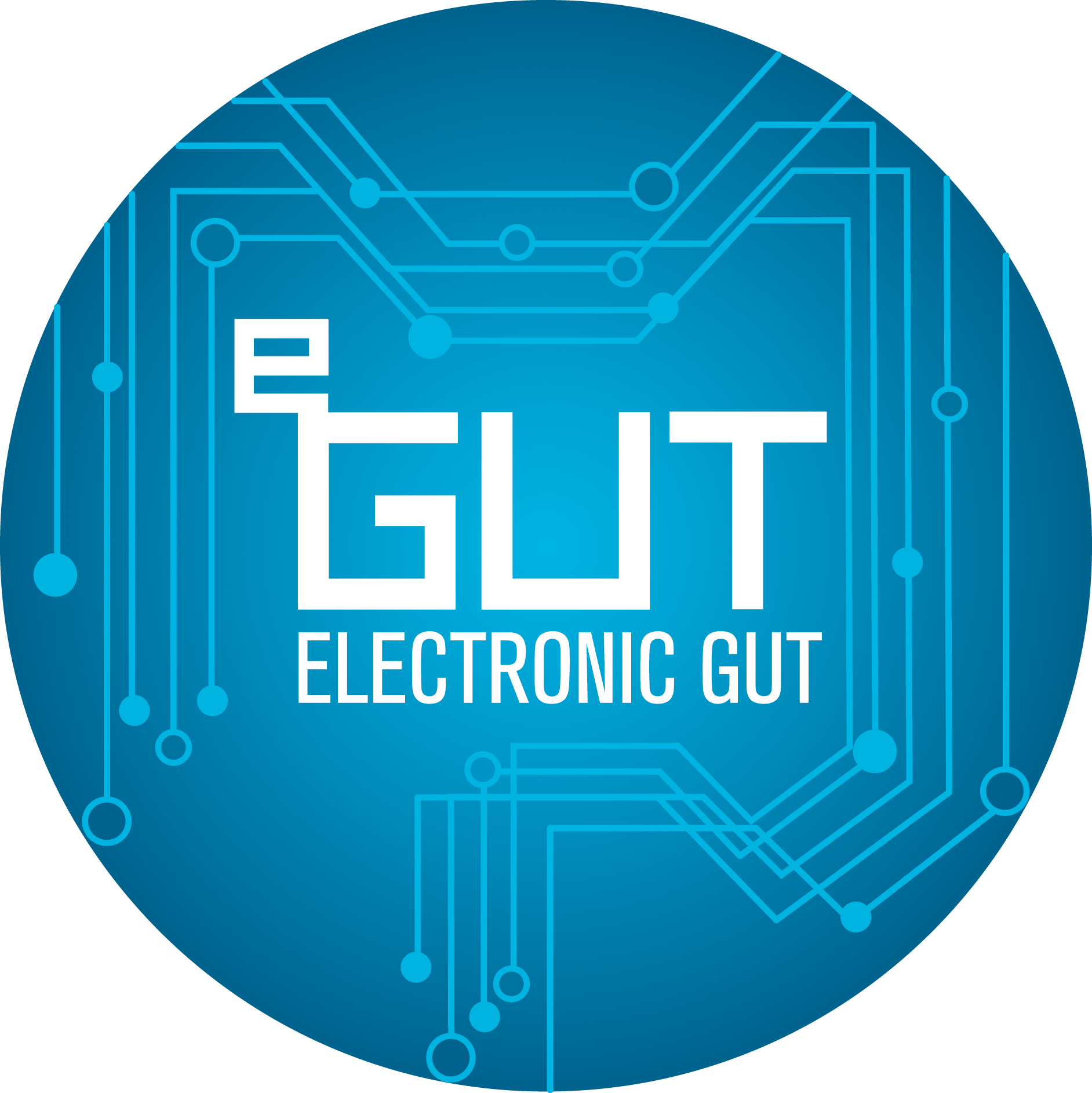Project Introduction
Wanted: programmers who would like to contribute in small or large ways
There has been an explosion of research into the gut microbiota, driven by new technology (next generation sequencing) and by the realization that the gut microbiota has profound effects on the health of the animal or human host. The topic is so hot that 9 Nature or Science papers in 2011 alone reported new effects of the gut microbiota on our health, with 17 Nature or Science papers on the gut microbiota generally in 2011. With this rapidly increasing awareness of their importance, animal experiments where the gut microbiota is manipulated are likely to rise substantially, making efforts to reduce or replace animal experiments urgent.

We have been awarded funding by the National Centre for the Replacement, Refinement, and Reduction of Animals in Research (NC3Rs) to develop the computer simulation tool eGUT, to model the molecular interactions in the microbiota, validating observed results for a particular application against observed behaviours. This project started in January 2013. Initially this will only reduce animal experiments. In the longer term, the model will have been validated and accepted for a range of applications, so the ultimate aim is to fully replace animal experiments in studies similar to previously validated applications.
We are offering early collaborators their say in the development of the eGUT Tool. In return we will offer training on applying eGUT in future microbiota research. For more information and to contribute, contact Jan Kreft (j.kreft@bham.ac.uk)
The Project
|
|
Our new tool eGUT will come from the existing individual-based Dynamics of Microbial Communities Simulator (iDynoMiCS), which we published in Environmental Microbiology (Lardon et al. 2011, Merkey et al. 2011) and released on www.idynomics.org in 2011. The key additions will be: (a) implementing agents for the host cells, (b) scaling to a larger domain size, (c) enabling the simulation of a chain of compartments, (d) building a graphical user interface, and (e) producing full documentation to improve user friendliness to enable non-modellers to use the tool, boosting the user base. We will adopt an approach advocated as eXtreme Programming (Beck & Andres 2004) as short development cycles including code review, unit testing, and feedback from users boost productivity and quality and allow requirements to change or become clearer over time. Once this is complete, we will seek to carry out novel experimentation that can be used to predict microbial dynamics in the gut. This could potentially impact our understanding of how the microbiota affects human health, in terms of our energy uptake, nutrition, effects on obesity, and use of probiotics. |

